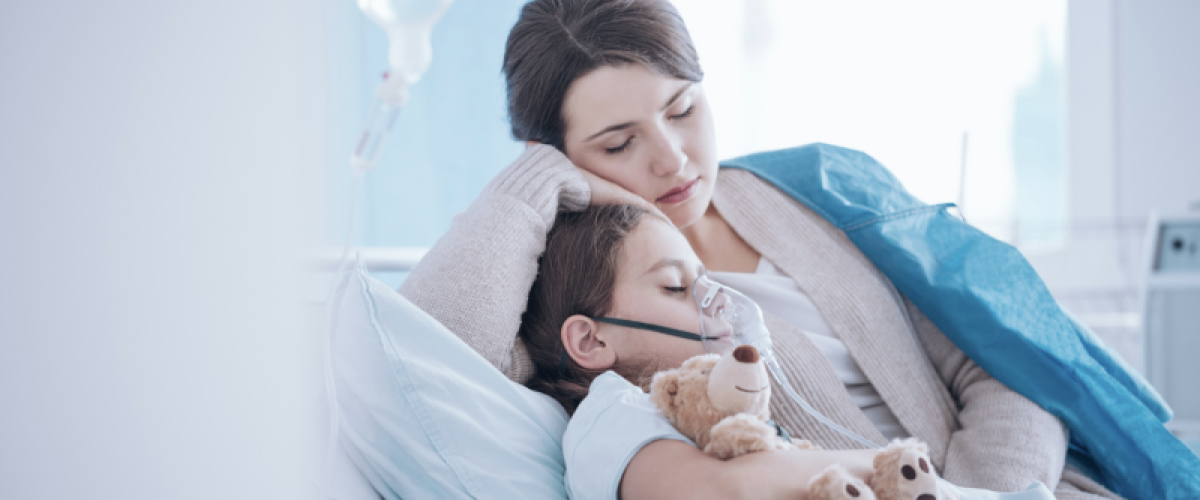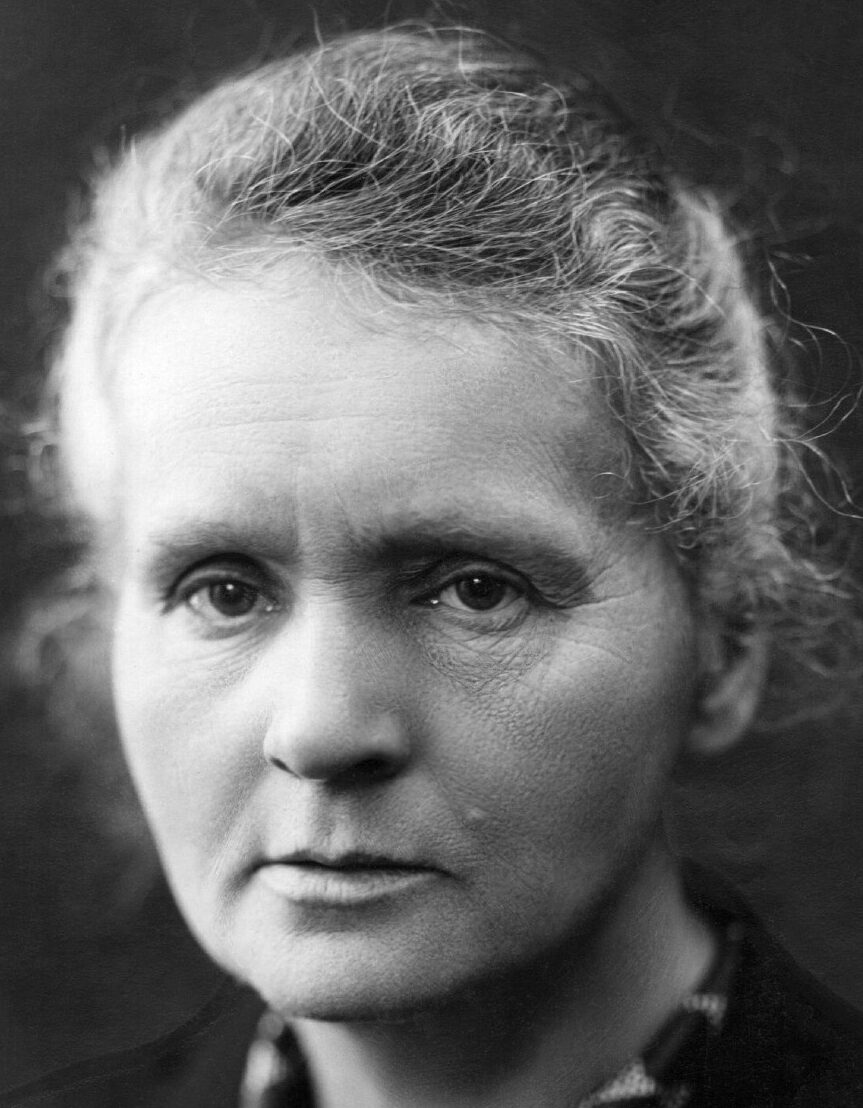Importance of Breathing Exercises for Pneumonia | Breathing Exercises for Pneumonia | Tips for Exercises for Pneumonia
Ever feel like you’re just not getting enough air? If you’ve recently battled pneumonia, that feeling is probably all too familiar. Pneumonia is a lung infection that inflames the air sacs, making breathing difficult. In simple terms, it leaves you gasping for air even during simple tasks.
Did you know that community-acquired pneumonia results in over 1.5 million hospitalizations annually in the US, with 100,000 deaths during hospital stays and one-third of patients dying within a year. In the case of children, pneumonia kills more children under the age of five than any other infectious disease, with over 700,000 dying each year. Thankfully, alongside medication, simple breathing exercises can significantly improve your comfort and aid your recovery.
This blog will delve into how breathing exercises can be beneficial for pneumonia and introduce you to four effective techniques:
- Pursed-lip Breathing
- Diaphragmatic Breathing
- Segmental Breathing
- Deep Cough with Chest Physiotherapy
Why Are Breathing Exercises Important for Pneumonia?
Pneumonia makes breathing challenging because inflamed air sacs struggle to inflate fully. This reduces oxygen intake and makes even simple activities feel exhausting. Breathing exercises help in several key ways:
- Improved Oxygen Exchange: By practicing specific breathing techniques, you can learn to take deeper, more controlled breaths. This allows your lungs to expand more effectively, increasing oxygen intake and reducing shortness of breath.
- Mucus Clearance: Pneumonia often leads to mucus buildup in the lungs, further hindering airflow. Specific breathing exercises can help loosen and expel this mucus, making breathing easier and aiding recovery.
- Reduced Pain and Discomfort: Shallow, rapid breathing can cause chest tightness and pain. Breathing exercises promote slower, deeper breaths, which can help relax the muscles involved in breathing and reduce discomfort.
- Improved Lung Function: Regular practice of breathing exercises can strengthen the diaphragm and other respiratory muscles. Stronger muscles can help your lungs work more efficiently, even after you’ve recovered from pneumonia.
- Faster Recovery: By promoting better oxygen exchange, mucus clearance, and overall lung function, breathing exercises can contribute to a faster recovery from pneumonia.
Effective Breathing Exercises for Pneumonia
- Pursed-Lip Breathing:
This simple technique slows your breathing rate and helps keep your airways open for longer. Here’s how to do it:
- Sit comfortably in a chair with your back straight and shoulders relaxed.
- Breathe in slowly through your nose for a count of two.
- Purse your lips as if you’re about to blow a whistle.
- Exhale slowly and steadily through your pursed lips for a count of four, making a gentle “whoosh” sound.
- Repeat for 5-10 minutes, several times a day.
Tip: Imagine fogging up a mirror with your breath as you exhale.

- Diaphragmatic Breathing:
This technique utilizes the diaphragm, a dome-shaped muscle below your lungs, for more efficient breathing.
- Lie down comfortably on your back with your knees bent and a pillow supporting your head. Alternatively, sit upright in a chair.
- Place one hand on your chest and the other on your stomach, just below your ribs.
- Breathe in slowly through your nose, feeling your stomach push outwards as your diaphragm contracts. Your chest should move minimally.
- Exhale slowly through pursed lips, feeling your stomach sink inwards as your diaphragm relaxes.
- Repeat for 5-10 minutes, several times a day.
Tip: Focus on feeling your belly move rather than your chest.
- Segmental Breathing: This technique focuses on expanding different sections of your lungs. Here’s a basic breakdown:
- Lower Lobe Breathing: Lie on your back with a pillow supporting your knees. Place one hand on your lower abdomen and the other on your chest. Breathe in slowly through your nose, feeling your lower abdomen expand (not your chest). Exhale slowly through pursed lips. Repeat for several breaths.
- Mid-Lobe Breathing: Similar to lower lobe breathing, but focus on expanding your midsection (around your ribcage) as you inhale.
- Upper Lobe Breathing: Place one hand on your upper chest and the other on your abdomen. Inhale slowly through your nose, feeling your upper chest rise gently. Exhale slowly through pursed lips.
Tip: Remember, this is just like filling different parts of a balloon, one section at a time!
- Deep Cough with Chest Physiotherapy (CPT):
This technique combines coughing with specific positioning to help loosen and expel mucus from your lungs. It’s best practiced under the guidance of a healthcare professional, but here’s a general overview:
- Sit upright in a chair with your back straight and shoulders relaxed. Lean slightly forward and rest your elbows on your knees or a pillow.
- Take a slow, deep breath in through your nose, filling your belly with air.
- Hold your breath for a second or two.
- Cough forcefully from deep within your chest, as if trying to expel something from your lungs.
- Exhale slowly through pursed lips after the cough.
- Repeat this cycle 2-3 times, followed by several relaxed breaths.
- Perform chest percussion (gently tapping your chest with cupped hands) before and after coughing to loosen mucus.
Important Note: Deep coughing can be tiring, so listen to your body and rest in between if needed.
Additional Tips for Effective Breathing Exercises:
- Practice Regularly: Consistency is key. Aim to perform these exercises several times a day, even when you’re feeling relatively well.
- Relaxation Techniques: Combine your breathing exercises with relaxation techniques like meditation or progressive muscle relaxation to maximize their effectiveness.
- Hydration: Drinking plenty of fluids helps loosen mucus and makes it easier to cough up. Aim for 8-10 glasses of water daily.
- Posture: Maintaining good posture helps your lungs expand fully. Sit or stand tall with your shoulders relaxed.
- Listen to Your Body: Don’t push yourself too hard. If you experience dizziness, lightheadedness, or chest pain during any exercise, stop immediately and consult your doctor.
Remember: Breathing exercises are a complementary therapy meant to work alongside your prescribed medication. Always consult your doctor before starting any new exercises, especially if you have any underlying health conditions.
Conclusion:
Taking a deep, comfortable breath can feel like a luxury when you have pneumonia. However, with a little practice and the right techniques you can significantly improve your breathing, ease discomfort, and accelerate your recovery.











